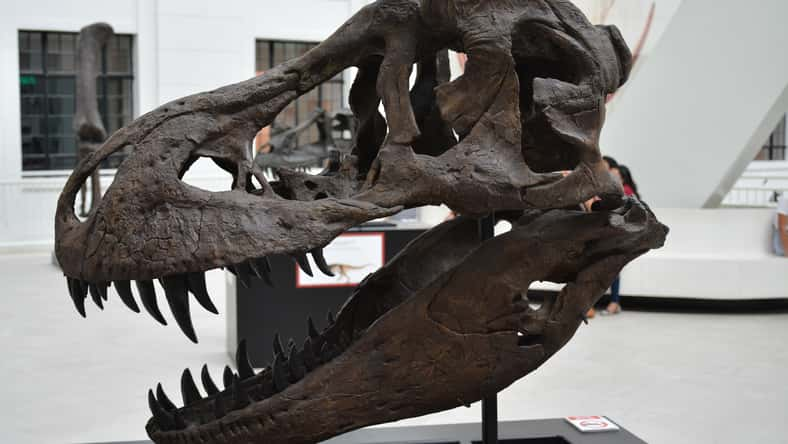
Since its discovery off the Greek island of Antikythera in 2001, the Antikythera mechanism was long thought to be a celestial measuring device. It was sometimes called the oldest computer in the world for its ability to perform astronomical calculations.
The device could track the positions of the sun, moon, and planets, predicting future lunar and solar eclipses. It consists of a hand crank with multiple interlocking gears and triangle-shaped teeth.
The Antikythera mechanism was built around 2,200 years ago. It was found in a shipwreck at the bottom of the sea. The ship likely sank around 65 B.C.
The device’s time underwater has caused the gears to become highly corroded, and several parts are missing. It was uncovered alongside other artifacts, such as a board game, a bronze arm once attached to a statue, a marble statue head of Hercules, and the remains of an ancient throne. Many of the artifacts were luxury goods belonging to the wealthy.
Today, just 82 fragments, about one-third of the original mechanism, have survived. The remains are preserved in the National Archaeological Museum in Athens.
For decades, scholars have been trying to understand the device. Some have theorized that the Greek inventor Archimedes made it, but this is unconfirmed. There are Greek inscriptions on the mechanism.
With the device in poor condition, it was hard to tell if the Antikythera mechanism was really supposed to be a sophisticated computer or just a simple toy. In a new study, scientists from Argentina created a computer simulation that replicated the Antikythera mechanism’s movements.
The simulation incorporated errors that would arise from the mechanism’s gears being spaced unevenly apart and included an accurate model of its triangle-shaped teeth, which affected how well the gears interlocked with each other.
According to this model, the research team found that the mechanism was actually not very useful. It could only be cranked to about four months in the future before it jammed or its gears disengaged. Then, the user would have to reset everything again.

Sign up for Chip Chick’s newsletter and get stories like this delivered to your inbox.
Possibly, the device was just a fancy toy that was not meant to be fully accurate. But the researchers do not believe that it was a toy due to its detailed craftsmanship. It wouldn’t make sense to put so much effort into something that was supposed to be a plaything.
It is more likely that the current measurements of teeth and gears are off. After more than 2,000 years of corrosion, the components may have become warped beyond their original state.
The mechanism’s creators may have made it precise enough to prevent it from jamming and to provide reliable predictions many years into the future.
The new study was submitted to the preprint server arXiv.












